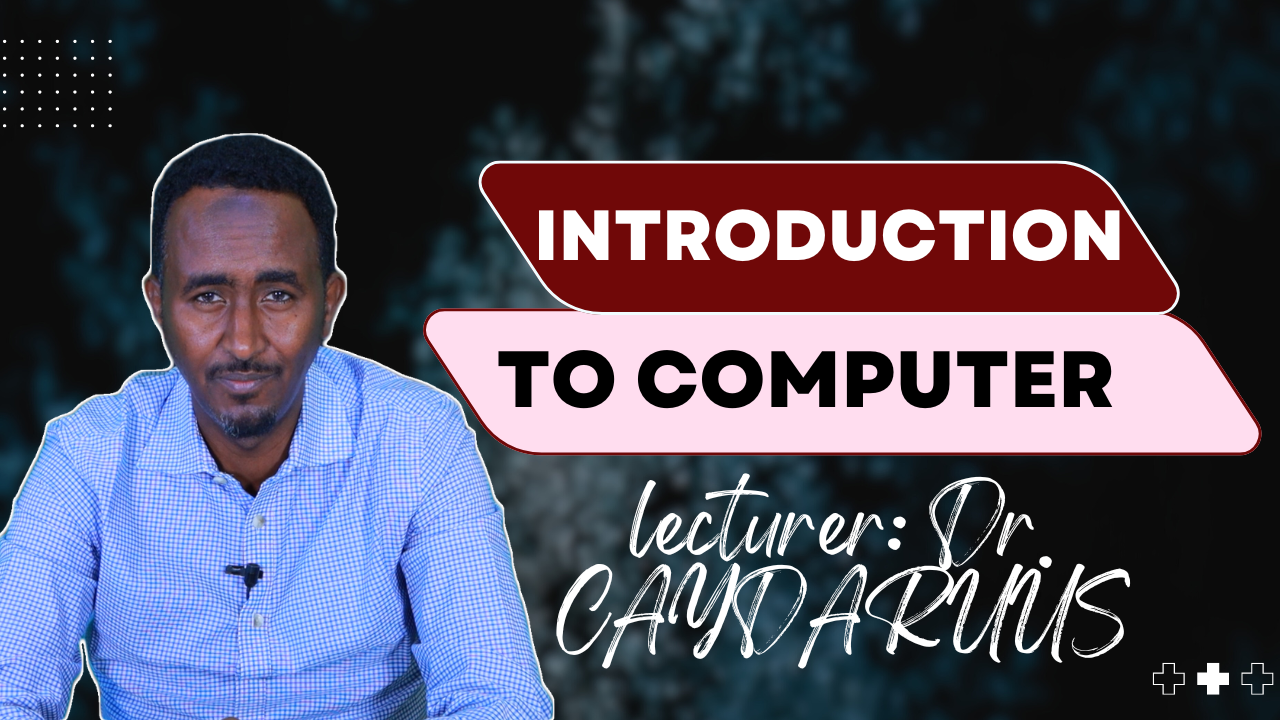What you'll learn
Upon successful completion of the
course, students will be able to:
- Set up a Python environment for data analysis.
- Write Python code for basic data manipulation.
- Visualize data using various types of charts.
- Perform statistical tests to analyze data.
- Interpret results from parametric and non-parametric
tests.
- Apply regression techniques to model relationships
between variables
Description
Course Overview: This course is designed to introduce participants to
essential data analysis techniques using Python. It covers fundamental Python
programming concepts, data manipulation, visualization, and statistical
analysis. By the end of this course, students will be proficient in analyzing
datasets, running statistical tests, and interpreting results using Python’s
versatile libraries such as NumPy, Pandas, Matplotlib, and SciPy.
Target Audience: This course is suitable for beginners in Python and data
analysis, as well as professionals looking to enhance their data analytics
skills using Python programming.
Course Outline:
1.
Introduction to Data Analysis
- Understanding the significance of data analysis in
decision-making.
- Overview of types of data and analytical approaches.
2.
Data Analysis Tools
- Introduction to Python as a data analysis tool.
- Overview of Python libraries: Pandas, NumPy, SciPy,
Matplotlib, and Seaborn.
3.
Introduction to Python Programming Language
- Basics of Python syntax and structure.
- Overview of Python programming principles.
4.
Setting Up Python Environment
- Installation of Python and required libraries.
- Introduction to IDEs (Jupyter Notebook, Spyder,
PyCharm).
5.
Python Coding Concepts
- Variables, data types, and operators in Python.
- Control structures and loops.
- Functions and modular programming.
6.
Python Plotting and Graphs
- Introduction to data visualization with Matplotlib and
Seaborn.
- Creating bar charts, line graphs, histograms, and
scatter plots.
7.
Python Normality Test
- Introduction to normal distribution.
- Conducting normality tests (Shapiro-Wilk,
Anderson-Darling, Kolmogorov-Smirnov tests).
8.
Python Homogeneity Test
- Understanding variance and homogeneity in data.
- Conducting Levene’s Test and Bartlett’s Test.
9.
Transforming Non-Normal Data into Normally Distributed Data
- Data transformation techniques: log, square root, and
Box-Cox transformations.
- Visualizing transformations and checking normality.
10.
Python Correlation
- Introduction to correlation concepts (Pearson,
Spearman, Kendall).
- Using Python to compute and visualize correlations.
11.
Python Regression
- Simple and multiple linear regression in Python.
- Interpreting regression output (coefficients, p-values,
R-squared).
- Model evaluation metrics.
12.
Parametric Tests
- Understanding parametric tests and when to use them.
- Conducting tests in Python:
- One-sample t-test
- Paired t-test
- Independent t-test
- ANOVA (Analysis of Variance
13. Non-Parametric Tests-
- Introduction to non-parametric tests.
- Conducting tests in Python:
- Mann-Whitney U test
- Wilcoxon signed-rank test
- Kruskal-Wallis test
- Friedman test
- Introduction to non-parametric tests.
Requirements
Introduction to computer�












